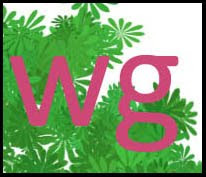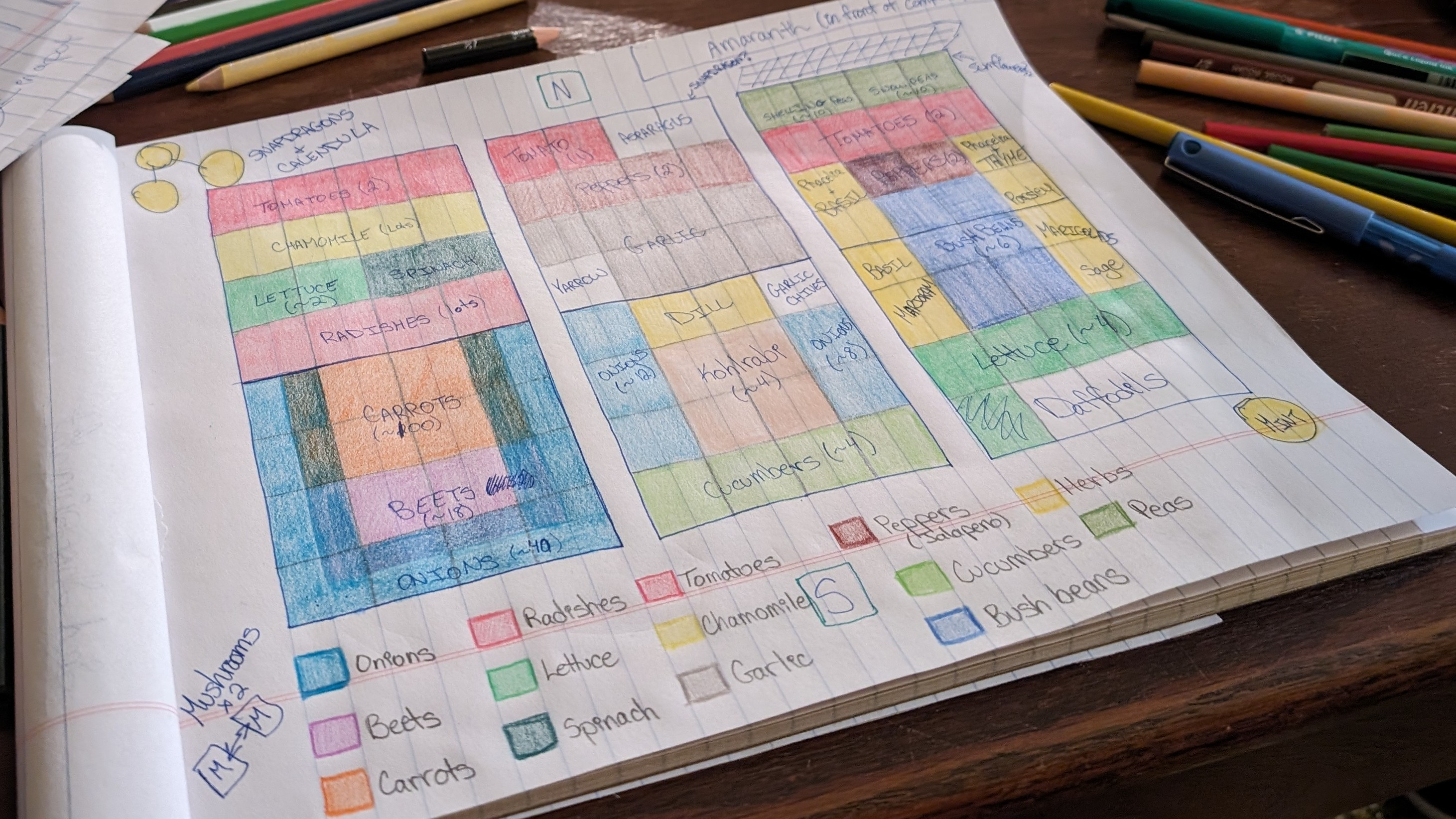Just Because It's a Native . . .
The post was already written. It was titled: "Just Because it's a Native, Doesn't Mean You Can't Kill It" Catchy, huh? It would have been about my beloved Pinxter Azalea. The Pinxter is beloved first because of the name. I seriously considered changing the name of this blog to the Pinxter blog. Don't really know why. Just really like it. Secondly, I loved the unique look of flower. It is a native in this part of Florida that I bought in Dunnellon last year. It looks so different than the run-of-the-mill variety that are so ubiquitous around here. The plant is a big, wild and unruly bush. The stamens on the flowers extend way past the petals making them look a little alien. It was so different it was almost, ironically enough, exotic looking.
It is a native in this part of Florida that I bought in Dunnellon last year. It looks so different than the run-of-the-mill variety that are so ubiquitous around here. The plant is a big, wild and unruly bush. The stamens on the flowers extend way past the petals making them look a little alien. It was so different it was almost, ironically enough, exotic looking.
The native part was a huge attractor for me. I know I'm supposed to like natives because they don't disrupt the local habitat and all that blah, blah, blah. Really, when I see the word native on a plant, the phrase Hard to Kill almost instantly replaces it. I mean if this plant can supposedly grow out on its own in the wild, with zero human intervention, that should mean it will do just peachy in my garden, with just slightly more attention, right? I thought that until about October. My poor Pinxter started to loose its leaves, way before any frost hit. By the time the frosts did hit, the bush was looking decidedly dead-stick-like. It was in good company. Many of the other plants had seen better days too. But when they started to come back to life, the Pinxter kept up the impression. So I started writing the post about paying attention to even the natives and mentally started figure out what I'd plant in that spot next.
Fortunately, I procrastinate. Er, I mean I am patient. A few days ago I stepped out in to the garden ready to take out the Dead Stick Bush, and look what I found! 
A not so dead Pinxter! I will not be charged with criminal plant neglect after all! At least not yet.



 Pretty much the same plants each year, but last year I did what I was supposed to do and planted the
Pretty much the same plants each year, but last year I did what I was supposed to do and planted the 













































.jpg)






.JPG)






